Last week was a good week for FHSS from a publishing perspective. On the last day of February Sociological Research Online published a book review with Dr. Pramod Regmi as first author, which we highlighted in an earlier BU Research Blog (see more here!) [1]. On the same the same day we received news from the Journal of Travel Medicine (published by Oxford University press) that our latest article on research in Nepal was accepted for publication. Our paper ‘Identifying the gaps in Nepalese migrant workers’ health and well-being: A review of the literature’ addresses the health and well-being of migrant health workers and ‘brings’ this to travel medicine specialists [2].
On Thursday our article ‘Vital signs and other observations used to detect deterioration in pregnant women: an analysis of vital sign charts in consultant-led maternity units’ was accepted by the International Journal of Obstetric Anesthesia published by Elsevier [3]. On Friday The Lancet published correspondence from FHSS Post-Doc. Researcher Dr. Pramod Regmi and FHSS Ph.D. student Folashade Alloh, and BU Visiting Faculty Prof. Padam Simkhada under the title: ‘Mental health in BME groups with diabetes: an overlooked issue?’ [4]. To round off the week on Friday afternoon the editorial office of Kontakt (published by Elsevier) emailed that the editorial ‘The medical and social model of childbirth’ had been accepted for publication [5].
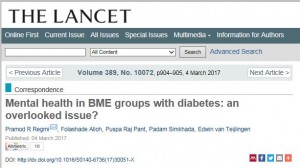
Prof. Edwin van Teijlingen
CMMPH
References:
- Regmi, P., van Teijlingen, E. ‘Balanced Ethics Review: A Guide for Institutional Review Board Members’ by Whitney, Simon N., Springer, (2015) ISBN: 9783319207056 (pb) (book review), Sociological Research Online 2017; 22(1) http://www.socresonline.org.uk/22/1/reviews/3.html
- Simkhada, P.P., Regmi, P.R., van Teijlingen, E., Aryal, N. Identifying the gaps in Nepalese migrant workers’ health and well-being: A review of the literature, Journal of Travel Medicine (Accepted).
- Smith, G.B., Isaacs, R., Andrews, L., Wee, M.Y.K., van Teijlingen, E., Bick, D.E., Hundley, V. Vital signs and other observations used to detect deterioration in pregnant women: an analysis of vital sign charts in consultant-led maternity units, International Journal of Obstetric Anesthesia (Accepted).
- Regmi, P., Alloh, F., Pant, P.R., Simkhada, P., van Teijlingen, E. (2017) Mental health in BME groups with diabetes: an overlooked issue? The Lancet, 389: 904-905.
- van Teijlingen, E. The medical and social model of childbirth, Kontakt (Accepted.
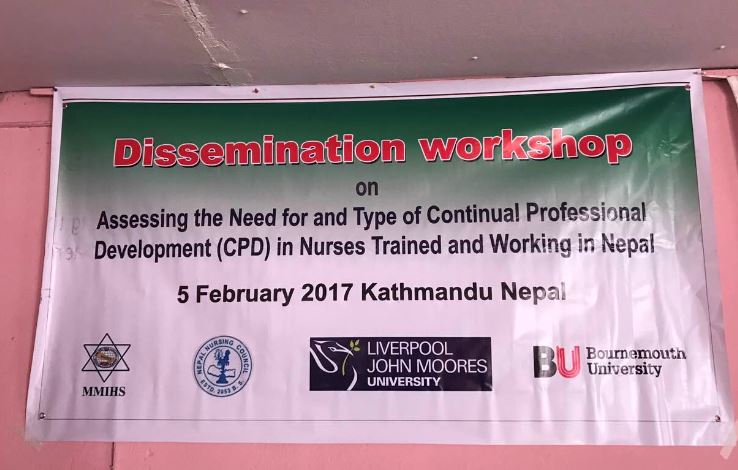





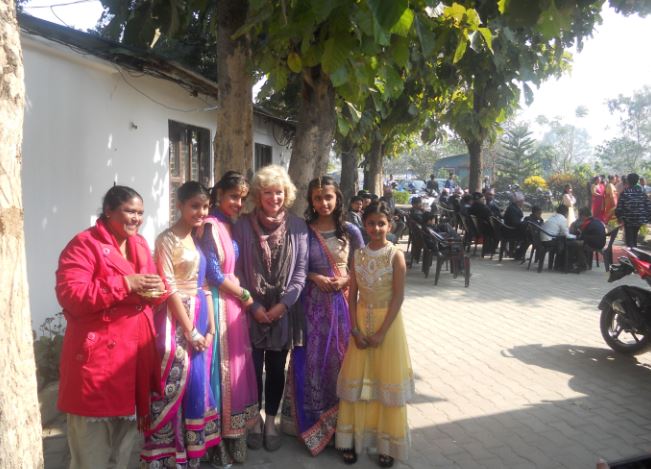
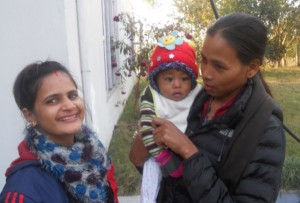
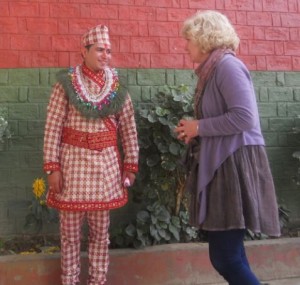
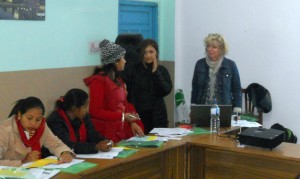
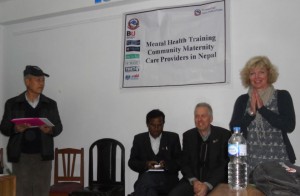
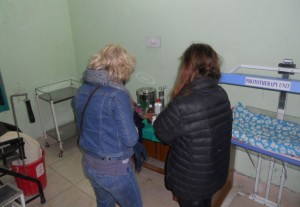
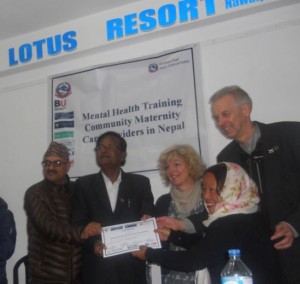
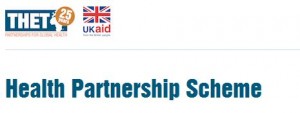
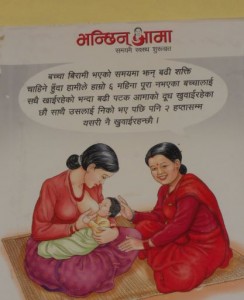
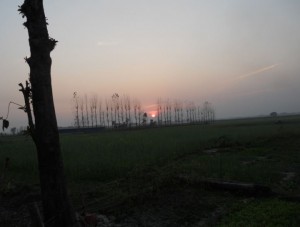
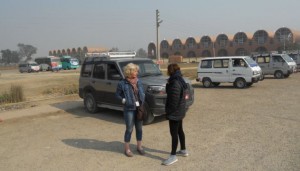



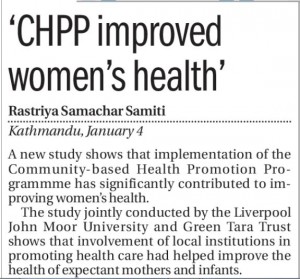
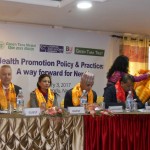
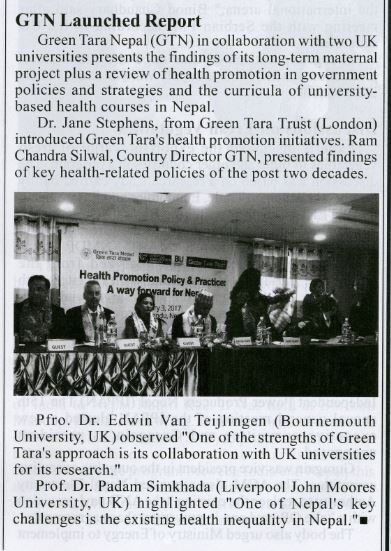
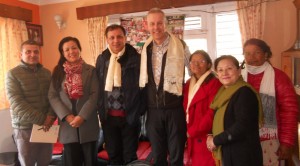
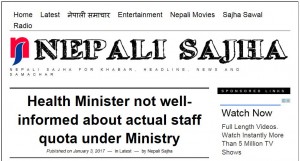
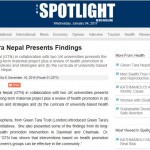

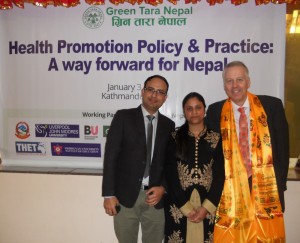

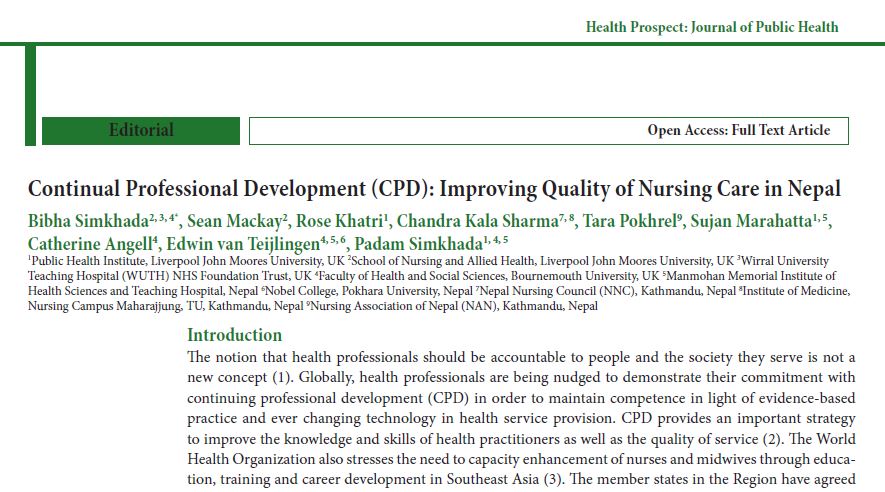

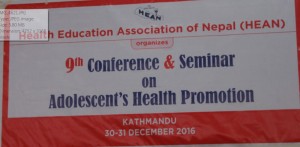 Yesterday Prof. Edwin van Teijlingen from BU’s Centre for Midwifery, Maternal & Perinatal Health (CMMPH) spoke at the 9th Conference and Seminar on Adolescent’s Health Promotion in Kathmandu. This event was organised by the Health Education Association of Nepal (HEAN). The first keynote speech ‘Adolescent’s Health Promotion: Global Perspectives‘ was presented by BU Visiting Faculty Prof. Padam Simkhada (based at Liverpool John Moores University) on behalf of his BU co-authors Dr. Pramod Regmi and Prof. Edwin van Teijlingen. The second keynote speech ‘Global Health Promotion Approach‘ was presented jointly by Prof. van Teijlingen and Green Tara Nepal country director Mr. Ram Chandra Silwal on behalf of their collaborators Prof. Simkhada and Green Tara Trust, UK (Dr. Jane Stephens and Ms. Colette Fanning).
Yesterday Prof. Edwin van Teijlingen from BU’s Centre for Midwifery, Maternal & Perinatal Health (CMMPH) spoke at the 9th Conference and Seminar on Adolescent’s Health Promotion in Kathmandu. This event was organised by the Health Education Association of Nepal (HEAN). The first keynote speech ‘Adolescent’s Health Promotion: Global Perspectives‘ was presented by BU Visiting Faculty Prof. Padam Simkhada (based at Liverpool John Moores University) on behalf of his BU co-authors Dr. Pramod Regmi and Prof. Edwin van Teijlingen. The second keynote speech ‘Global Health Promotion Approach‘ was presented jointly by Prof. van Teijlingen and Green Tara Nepal country director Mr. Ram Chandra Silwal on behalf of their collaborators Prof. Simkhada and Green Tara Trust, UK (Dr. Jane Stephens and Ms. Colette Fanning).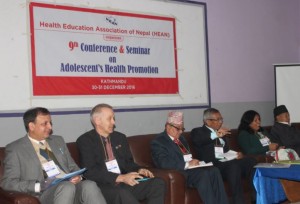
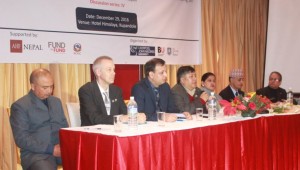

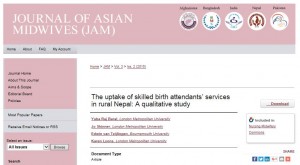



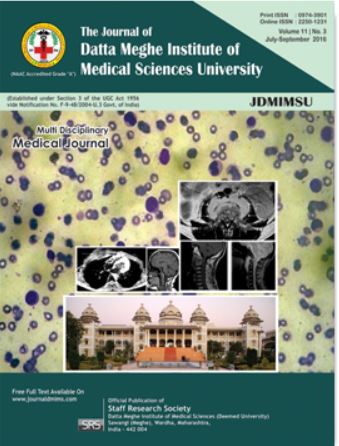












 Dr. Ashraf cited on ‘Modest Fashion’ in The Guardian
Dr. Ashraf cited on ‘Modest Fashion’ in The Guardian NIHR-funded research launches website
NIHR-funded research launches website Academics write for newspaper in Nepal
Academics write for newspaper in Nepal New paper published on disability in women & girls
New paper published on disability in women & girls Global Consortium for Public Health Research 2025
Global Consortium for Public Health Research 2025 MSCA Postdoctoral Fellowships 2025 Call
MSCA Postdoctoral Fellowships 2025 Call ERC Advanced Grant 2025 Webinar
ERC Advanced Grant 2025 Webinar Horizon Europe Work Programme 2025 Published
Horizon Europe Work Programme 2025 Published Horizon Europe 2025 Work Programme pre-Published
Horizon Europe 2025 Work Programme pre-Published Update on UKRO services
Update on UKRO services European research project exploring use of ‘virtual twins’ to better manage metabolic associated fatty liver disease
European research project exploring use of ‘virtual twins’ to better manage metabolic associated fatty liver disease